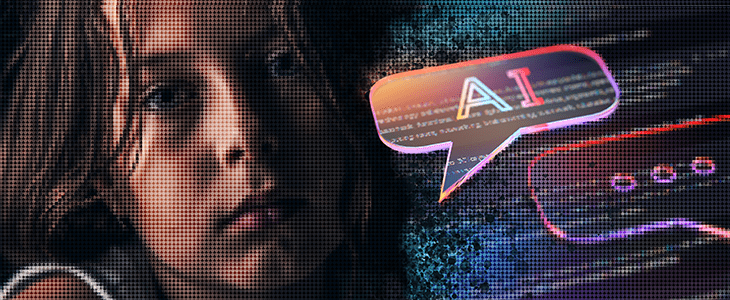- Major tech companies, including Google, Meta, OpenAI, Microsoft, and Amazon, committed to reviewing AI training data for child sexual abuse material (CSAM).
- They pledge to remove CSAM from future AI models and stress-test AI systems to prevent the generation of CSAM imagery.
- Other signatories to the initiative include Anthropic, Civitai, Metaphysic, Mistral AI, and Stability AI.
- Concerns over deepfaked images and the proliferation of fake CSAM photos online are addressed.
- Stanford researchers found links to CSAM imagery in a popular AI training dataset, while the NCMEC tip line struggles to handle AI-generated CSAM images.
- Thorn, in collaboration with All Tech Is Human, emphasizes the adverse impacts of AI-generated CSAM imagery on victim identification and the dissemination of problematic material.
- Google announces increased ad grants for NCMEC to support its initiatives in combating child abuse.
Main AI News:
In a landmark move, leading tech giants including Google, Meta, OpenAI, Microsoft, and Amazon have pledged today to scrutinize their AI training datasets for any traces of child sexual abuse material (CSAM), vowing to eradicate it from future AI models.
This commitment comes as part of a comprehensive set of principles aimed at curbing the spread of CSAM. The companies have undertaken to ensure that their training data remains free from CSAM, steering clear of datasets with a potential risk of containing such material. Moreover, they’ve vowed to expunge CSAM imagery or any connections to it from their data sources. Additionally, these tech behemoths have pledged to subject their AI models to rigorous stress-testing to ensure they do not generate CSAM imagery. Furthermore, they’ve resolved to only deploy models that have undergone thorough evaluation for child safety.
Other notable entities that are joining the initiative are Anthropic, Civitai, Metaphysic, Mistral AI, and Stability AI.
The advent of generative AI has exacerbated concerns surrounding the proliferation of deepfaked images, particularly fake CSAM photos circulating online. A December report by Stanford researchers shed light on a popular dataset used in training AI models, which was found to contain links to CSAM imagery. Alarmingly, the researchers discovered that the National Center for Missing and Exploited Children (NCMEC) tip line, already grappling with a deluge of reported CSAM content, is now inundated with AI-generated CSAM images.
Thorn, a prominent nonprofit dedicated to combating child abuse, collaborated with All Tech Is Human to formulate these principles. Thorn underscores that AI-generated image manipulation impedes efforts to identify victims, fuels demand for CSAM, introduces new avenues for victimization, and facilitates the dissemination of problematic material.
Google, in a blog post, not only affirmed its commitment to these principles but also announced an increase in ad grants for NCMEC to bolster its initiatives. Susan Jasper, Google’s vice president of trust and safety solutions, emphasized in the post that supporting these campaigns heightens public awareness and equips individuals with the means to identify and report instances of abuse.
Conclusion:
The collaboration among major tech companies to combat child exploitation imagery signals a proactive stance towards addressing societal challenges. This concerted effort underscores a growing awareness of the ethical responsibilities inherent in AI development and deployment, potentially leading to stricter regulations and heightened scrutiny within the tech industry.

